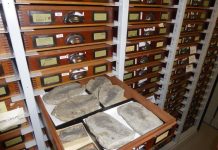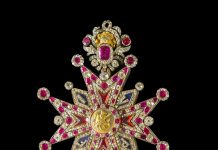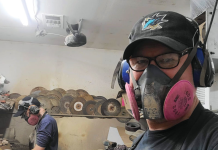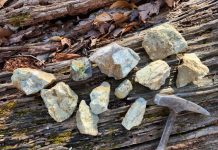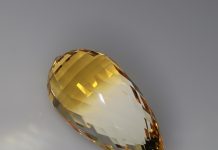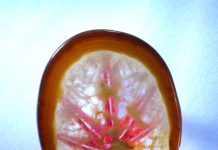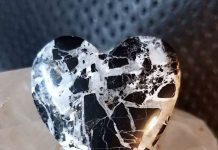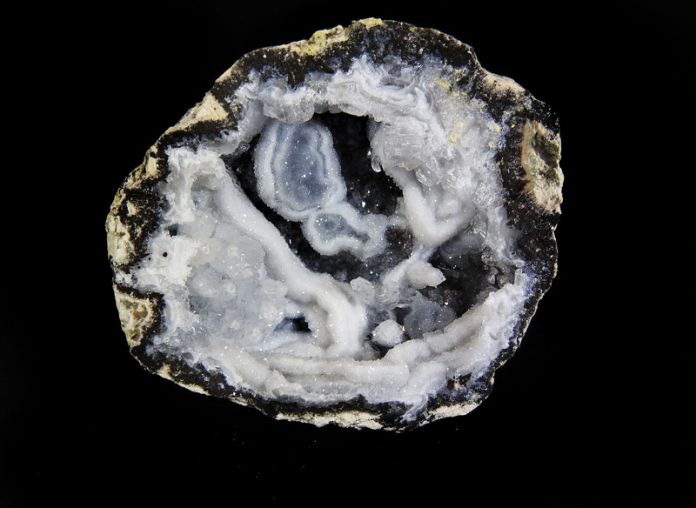
Trancas geodes with crystals are quite different from their famous cousins, the Las Choyas geodes. Trancas geodes, also known as “Chihuahua geodes” were discovered in 1971 in Chihuahua, Mexico.
Trancas Geodes With Crystals
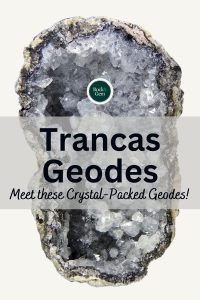
Trancas geodes are generally small – just two to four inches in size. They are not very colorful with only pale colors typically ranging from gray to blue, but they make up for a lack of color because they often produce fabulous drusy quartz centers.
The centers usually contain clear quartz, chalcedony, calcite, aragonite and sometimes quartz scepters. Trancas geodes may also contain a form of quartz that is rather hard to categorize.
It might be best described as “curved finger-like projections.” Some have described Trancas geodes as miniature caves with stalactites and stalagmites lining the hollow interior. Trancas geodes have a thin outer shell that is usually gray, brown, cream or peach colored.
A fun bonus with Trancas geodes is that they tend to fluoresce green under short-wave UV light because many contain a small amount (not harmful) of uranium.
While most contain hollow centers, some Trancas geodes present as thundereggs with a completely solid or nearly solid agate center. This is not considered as desirable as the drusy quartz centers.
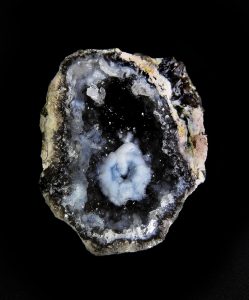
Where to Find Trancas Geodes?
Trancas geodes are normally found during surface mining activities.
Breaking Barriers
In the metaphysical world, geodes are thought to help with overcoming barriers and obstacles. They are thought to help with being calm and centered. The crystals inside a geode are also thought to work together to provide assistance…kind of a two-for-one!
Geodes with Crystals Facts
The word geode comes from the Greek word Geoides which means “earthlike.” Geodes are secondary structures formed in sedimentary and volcanic rocks.
This story about Trancas geodes appeared in Rock & Gem magazine. Click here to subscribe. Story by Richard Gross.


